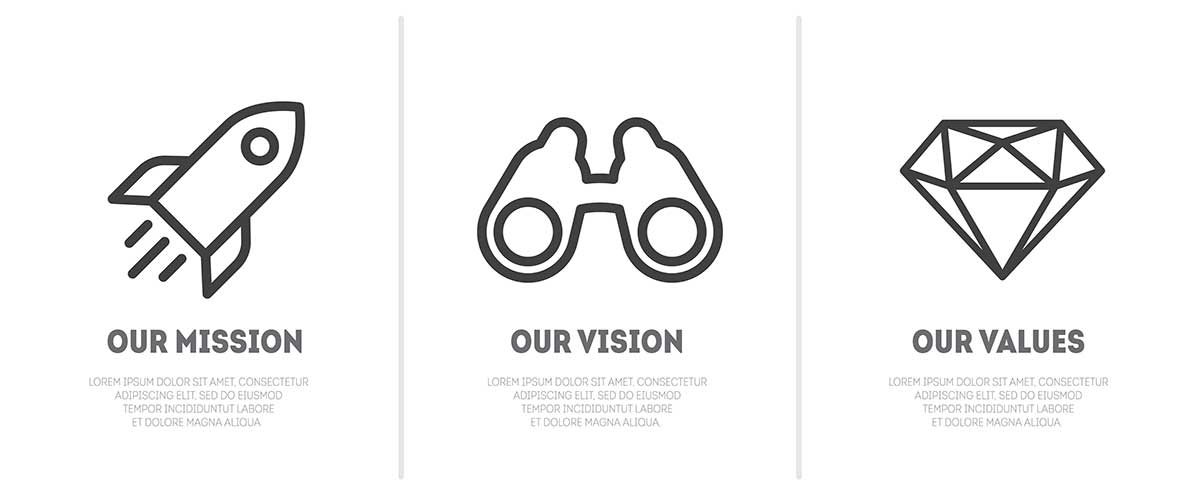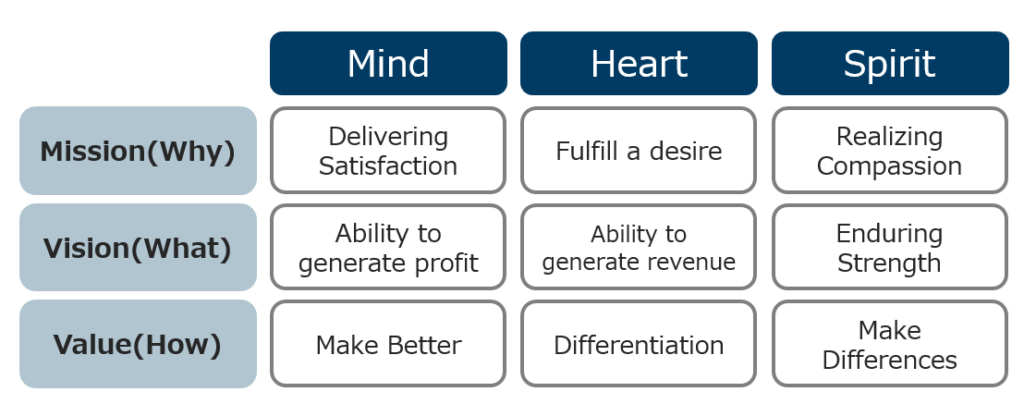In today’s world, faced with various social challenges such as environmental destruction, customers are greatly interested in corporate social responsibility and social contribution activities, and they are choosing products from companies that share their aspirations They have a strong desire to make the world a better and more ideal place, and they want companies to do the same. Therefore, to become a company trusted and chosen by customers, a company must share the same dreams as its customers, make social contributions to make the world a better place, and link this to its own value.
This means that marketing activities are shifting to a “value” based approach. While it is essential to deliver promised performance and satisfaction to consumers at the product level, it is also necessary to realize the emotional desires of customers at a higher level and to be seen as practicing some form of care.
Contents
- 1 Incorporating social contributions into corporate culture and moving toward value-based marketing
- 2 What is a mission? A simple statement of why a company exists.
- 3 What is a vision? A vision of the desired future of a company.
- 4 What are Values? Code of Conduct as a Business Organization
- 5 SC Johnson’s Mission, Vision, and Values Case Study

While many companies have succeeded in linking social contributions to the enhancement of their own value, there are also many cases where it is difficult to integrate them into the company’s DNA or where they fail because they are unable to maintain their commitment. In some cases, it ends up being sham philanthropy that cannot be called a genuine social contribution.
So how do we make social contributions part of our corporate culture and maintain our commitment?
The best way to do this is to incorporate social contribution into your company’s mission, vision, and values. To do this, you need to understand each of these concepts and define what is best for your company. This must be shared with all employees, and each must be encouraged to seriously understand the policy and incorporate it into their daily actions. Only then can true value-driven marketing be achieved.

What exactly do mission, vision, and values mean? Let’s take a closer look below.
What is a mission? A simple statement of why a company exists.
Some people say that a mission is a statement of what a business does, but in a dynamic business environment, the scope of a business can change. Having something universal and essential in your mission will strengthen the sustainability of your company.
The late Peter Drucker once asserted that successful companies are born from the execution of a mission, not monetary profits. The mission is the foundation of a company that is so important.
What is a vision? A vision of the desired future of a company.
A vision is about creating the future. Companies would do well to consider defining their mission and clearly, rather than vaguely, depict what kind of company they want to be and what they want to accomplish.
This will increase its feasibility. The vision is the compass that will lead the company into the future.
What are Values? Code of Conduct as a Business Organization
Values express what the company values.
By integrating their values into the way they conduct their business, companies realize actions that benefit both internal and external communities and, ultimately, society as a whole. This ultimately leads to the strengthening and enhancement of corporate value itself.

Created based on the diagram in “Kotler’s Marketing 3.0”
Once you have determined your mission, vision, and values, use the VBM model (Value-Based Matrix) to think about specific activities. From each of the perspectives of mission (why), vision (what), and values (how), consider corporate efforts to capture the mindset, heart, and spirit of current and future customers.
SC Johnson’s Mission, Vision, and Values Case Study

Below is a case study of SC Johnson, well known for its “Black Mould Remover” and “Pipe Finish” products, which has successfully integrated its commitment to social and environmental sustainability into its mission, vision, and values.
Mission:
Contribute to the well-being of the community and maintain and protect the environment
By offering a diverse range of products and giving consumers the pleasure of participating in environmental sustainability activities, the company achieves consumer satisfaction and aspirations. They also practice compassion through their business activities for the poor.
Vision:
Become a world leader in providing innovative solutions that meet people’s needs according to the principles of sustainability
Achievement of their vision is demonstrated by their profitable growth and award-winning record. They also publish public reports to publicize such achievements.
By declaring that the company’s fundamental strength is its employees and by actively recruiting women with children, they are appealing to the mind and winning hearts and minds. They also appeal to the spirit by offering opportunities to contribute to environmental and social sustainability.
In this way, the future of marketing can be described as marketing the meaning embedded in a company’s mission, vision, and values.
Marketing is no longer just about sales and demand creation. It is an activity to create “value” for a company to continue to be sought after by customers, to maintain and improve that value, and to create a strategic vision for the future of the company itself.

